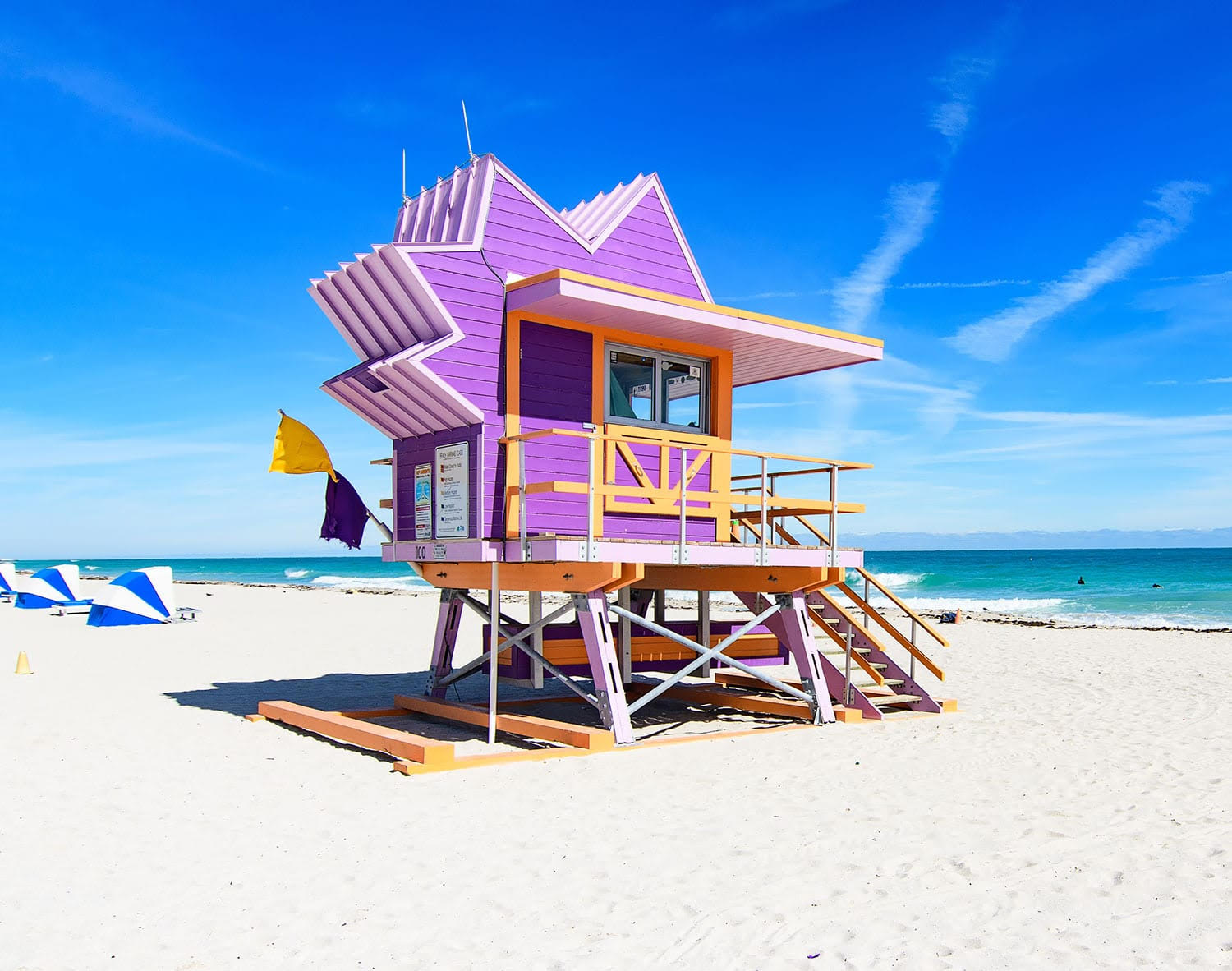How a tape ages is a big question in the deck building market as people look to confirm if it is worth spending the extra money to use flashing tape. To get to the bottom of this, our colleagues in our laboratory set out to find some data to help answer the question.
It is impractical to directly test for every weather condition in every location, so we had to get a bit more creative with our testing methods to develop the ultimate environmental damage simulations.
For this we started by cranking up the Zenon UV test chamber and taking our tape to an accelerated simulation of Miami Beach.
The first test we ran was to see if any UV penetrated our substrate and made it to the surface below. Our tapes were exposed to 180W per square meter of xenon light for three entire days, or what would equate to a year of sitting on the Miami Beach with clear skies. There was close to zero penetration. At the very end of the test, it was showing less than 0.1% UV transmittance.
Second, we really wanted to work on our figurative glow, so we left the tape exposed to xenon for 45 entire days, or what retiring to the beach and spending 15 years just sitting in a lounge chair would be exposed to. Even then we only saw a 30% drop in tensile strength after the equivalent of 15 years UV exposure.
Last, we wanted to see how our tape protected house wraps that are exposed to that level of UV exposure. We found that while some wraps performed better than others, but across the board they all fared better when using Nichigo G-tape.
In the end, we believe that our Nichigo G-Tape can take whatever elements you want to throw at it. It should be applied liberally on any areas that might receive UV or water exposure.
Check out our full technical report and data here.


